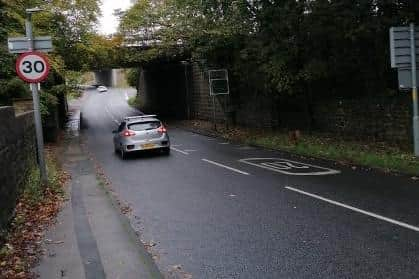Speed bumps and 20mph zone plan for Lancaster village
and live on Freeview channel 276
A report to Lancashire County Council’s cabinet meeting scheduled for Thursday (September 7) outlines proposals to install speed cushions on Church Brow and Halton Road, and reduce traffic speeds to create a 20mph zone.
The measures have been put forward after there were 10 collisions causing injuries in five years along this route, two of which were fatal.
Advertisement
Hide AdAdvertisement
Hide AdConsultation and formal advertising of the proposals were undertaken in March. Two responses raised concerns that speed cushions could detract from the historic character of Church Brow as Halton is a conservation area, the impact of increased noise and vibration, and suggested reductions of traffic volume and HGV movement.


County Coun Rupert Swarbrick, cabinet member for highways and transport, said: "It is so important that when we see patterns of incidents emerge, that we take a proactive stance and do all we can to stop these accidents from happening.
"I'd like to thank those who responded to the consultation.
"To respond to some of their concerns, I'd like to reassure them that the speed cushions would be constructed from black road surface material, with a simple triangular road marking on the approach side so they are not very intrusive in their look.
"Studies on speed cushions by the Department for Transport show that for smaller vehicles, noise levels were reduced substantially due to the change in vehicle speeds and vehicle flows were reduced by an average of 24% after schemes were introduced.”
